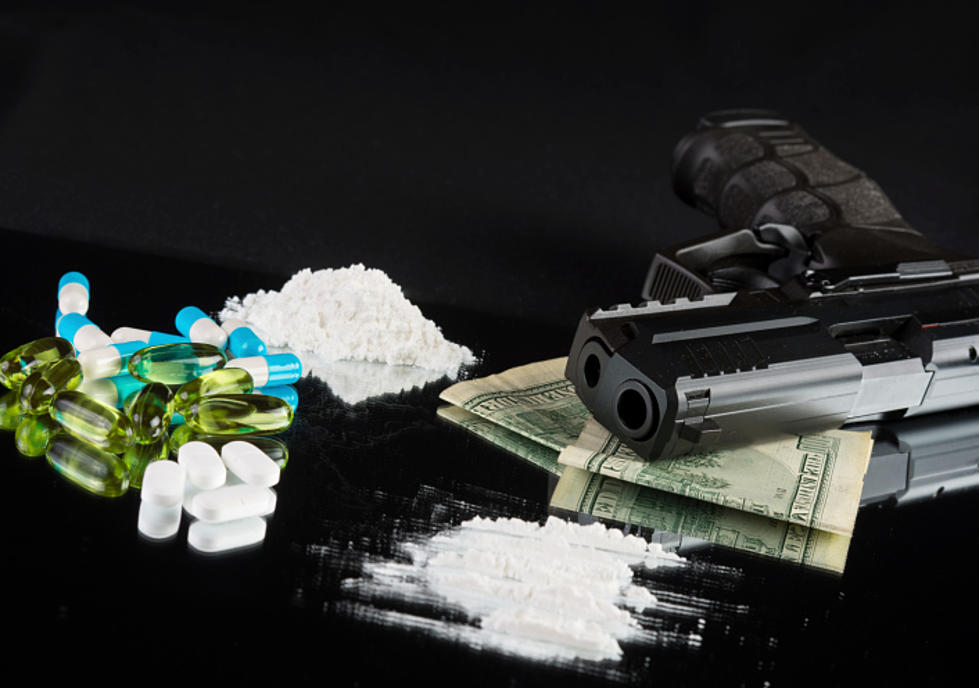
How NJ is tackling deadly gender gap in heroin and opioid crisis
When it comes to the opioid addiction crisis, the difference between men and women is a matter of life and death.
According to Dr. Joshua Coren, the chairman of family medicine at the Rowan University School of Osteopathic Medicine, the Centers for Disease Control and Prevention has been studying rates of death from prescription and synthetic opioid use. What they found is that between 1999 and 2015, “the rate of deaths from prescription opioid overdoses increased by a startling 471 percent among women compared to men who were at 218 percent.”
He noted in the category of death rates from synthetic opioid use, including drugs like fentanyl, “the deaths in women were 850 percent (higher) between 1999 and 2015 as a rate of change.”
So why is this happening?
“Women appear to progress more quickly to addiction than men but we don’t know if that’s definitive yet, and we’re still trying to determine why this occurs.”
He added, “When you’ve got twice as many deaths among women for heroin use than men, that’s startling.”
The U.S. Department of Health and Human Services has awarded 16 grants to groups and organizations to study, prevent and reduce opioid addiction levels among women. Two of the grants are going to New Jersey entities: the Rowan University School of Osteopathic Medicine and the Wellspring Center for Prevention in Middlesex County.
Ezra Helfand, the executive director of the Wellspring Center for Prevention, said research indicates women who use opiates progress quicker than men in becoming addicted, but no one is sure for the reason.
“It appears there are factors including biological factors, social, trauma, geographic, that seem to affect women to a larger extent,” he said.
“Girls between the ages of 10 and 17 — we have reports that they use prescription medication at a higher rate than boys at the same age, so the goal is to reduce the number and percentage of females misusing prescription drugs and over-the-counter drugs and eventually heroin."
He explained another objective of the grant is to increase the use of naloxone for women, the heroin OD antidote drug. “And then the last objective is to provide opiate misuse and overdose prevention, education and screening to physicians and patients.”
You can contact reporter David Matthau at David.Matthau@townsquaremedia.com
Also on New Jersey 101.5:
More From Lite 96.9 WFPG










